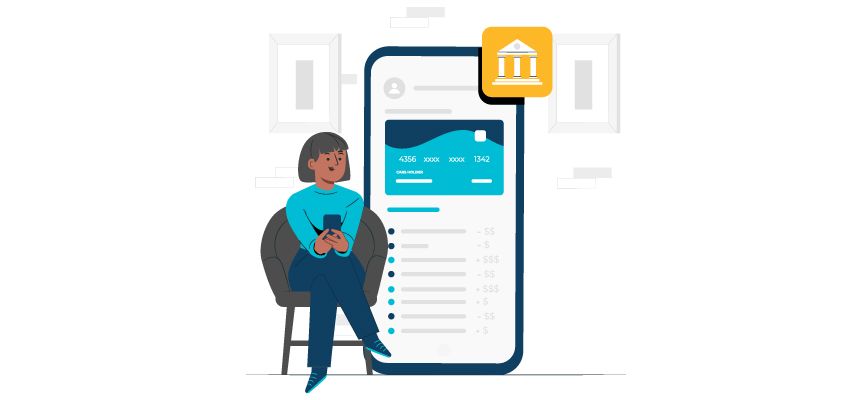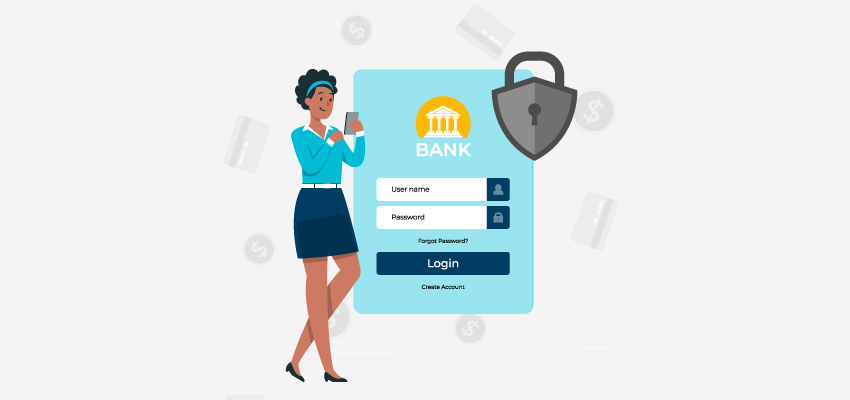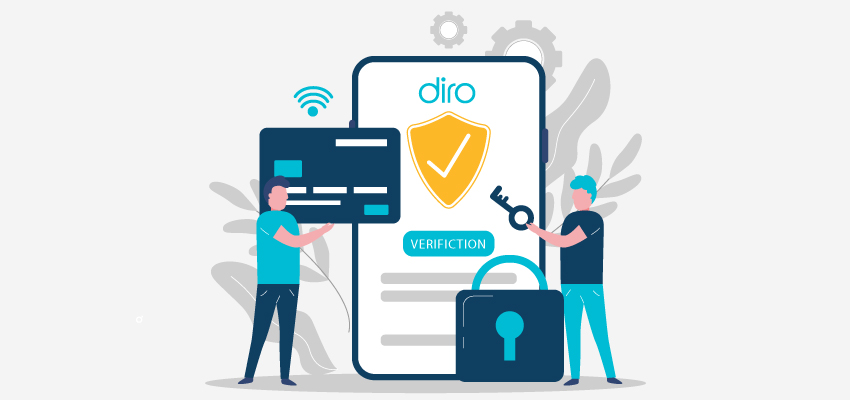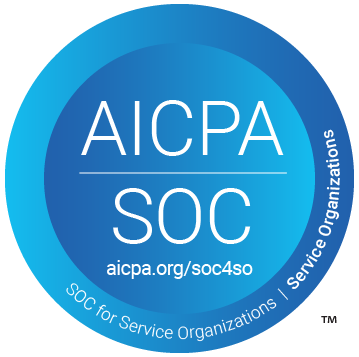Online business verification has become a crucial part of online transactions that happen today. The primary purpose is to prevent fraud. In fact, a 2023 study by the ACFE found that nearly 30% of corporate fraud cases involved fake companies posing as legitimate vendors.
Whether you’re a financial institution, a fintech startup, a B2B marketplace, or an enterprise SaaS company, ensuring that your customers, vendors, or partners are legitimate is critical. That’s where online business verification comes in.
Traditional methods, like requesting business documents or conducting in-person visits, are slow, expensive, and easy to manipulate. With modern verification tools, businesses can now verify other businesses in real-time using official, tamper-proof data directly from trusted sources.
This blog explains what online business verification is, how it works, and why it’s crucial for secure onboarding and compliance.
What is Business Verification?
Business verification is the process of confirming that a company is real, legally registered, and operating at the stated location. It also involves verifying ownership, status, and the company’s financial and legal standing.
Organizations typically need to verify other businesses when:
- Onboarding merchants, vendors, or suppliers
- Approving loan or credit applications
- Enabling high-risk transactions
- Managing compliance with AML (Anti-Money Laundering) laws
With business verification online, companies can perform these checks instantly—no paperwork or manual processes required.
How Online Business Verification Works?
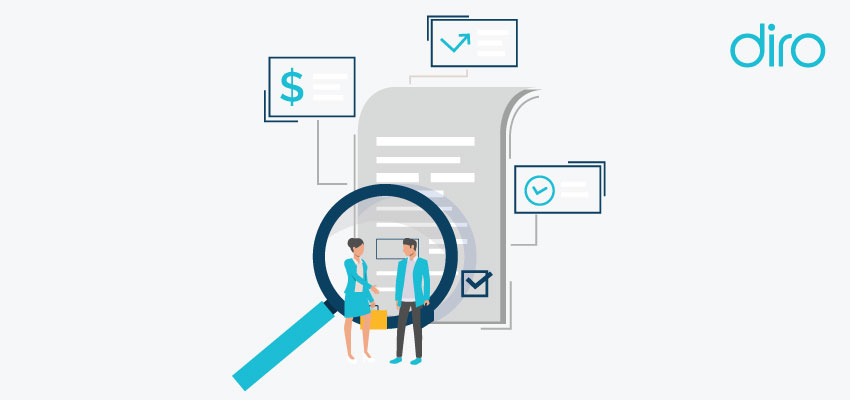
Business verification comes in many shapes and forms. The traditional methods were clunky, slow, and had a lot of inefficiencies. Modern business verification solutions, on the other hand, use a combination of APIs, original source data, and global registries to confirm business information. The verification is done quickly, without errors, and seamlessly. Here’s how it works:
- The business submits its name, registration number, or tax ID.
- The system pulls verified data from official registries (like government business directories).
- Ownership and registration status are checked.
- Supporting documents (if required) are verified using tamper-proof, original sources.
The best business verification pipelines can verify a business in less than 60 seconds. DIRO business verification seamlessly verifies provided information by comparing it with the issuing source and proves whether the information is legit or not in less than a minute.
Benefits of Business Verification
Business-related fraud is on the rise, with an increase year over year. With the inclusion of AI technologies in fraud, businesses are more vulnerable than ever. Business verification plays a central role in reducing fraud, improving compliance, and protecting brand reputation. With it, your company ensures you’re working only with legitimate and compliant entities.
Some key reasons why business verification is a must:
- Preventing fraud: Fake businesses are often used to launder money or commit payment fraud.
- Ensuring compliance: Regulatory frameworks such as KYC and AML require verification of business entities.
- Faster onboarding: Verification tools enable you to approve new partners or customers in minutes, not days.
- Better risk management: Real-time verification lets you flag high-risk entities early in the process.
According to the Association of Certified Fraud Examiners (ACFE), 28% of occupational fraud cases involve fake vendors or shell companies.
Risks of Not Verifying Businesses
Skipping proper business verification can lead to serious risks. Without a reliable verification system in place, companies open themselves up to various vulnerabilities:
- Increased fraud exposure: You might unknowingly partner with shell companies created solely to siphon funds.
- Regulatory penalties: Failing to verify can lead to violations of KYC and AML laws, resulting in heavy fines or sanctions.
- Reputational damage: Working with disreputable or non-compliant entities can erode stakeholder trust.
- Operational inefficiencies: Onboarding the wrong businesses can lead to payment failures, disputes, and rework, in reducing fraud, improving compliance, and protecting brand reputation. Without it, your company could end up working with shell companies, fake entities, or blacklisted organizations.
Types of Business Data That Can Be Verified
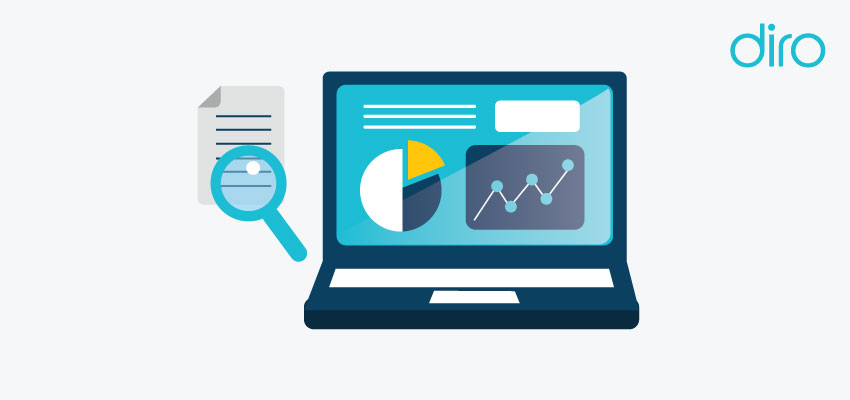
An advanced business verification platform can validate a wide range of company details:
- Legal business name
- Business registration number
- Tax ID (TIN, EIN, VAT, etc.)
- Address and operating location
- Corporate ownership structure
- Incorporation status
- Business licenses and certifications
Some platforms also screen the business against global watchlists, politically exposed persons (PEP) databases, and sanctions lists.
Common Methods of Business Verification
As we mentioned above, there are multiple types of business verification. Here’s a breakdown of all types of businesses and how they work:
1. Government Registry Checks
The government registry is one of the most common types of business verification. Online business verification platforms use official government records to verify whether a business registration status is valid or not.
This method helps businesses verify if the business they’re verifying is actually registered or not. Govt. Registry check is usually considered one of the most trustworthy methods.
2. Document Uploads
Document verification is another common method for verifying businesses. Companies upload a range of documents that are verified before a business is onboarded. Here’s a list of the most common documents used for business verification:
- Certificates
- Tax IDs
- Incorporation documents.
Unfortunately, these documents are most commonly forged. This is where document verification for verifying businesses comes in. Online solutions that verify documents can simplify this challenge.
3. API-Based Verification
API based verification is a great way to eliminate the time constraints and the challenges that come with traditional business verification. With APIs, platforms can automate the retrieval and validation of business data directly from registries and databases.
4. Web Data Scraping (Less Reliable)
Web data scraping has become somewhat redundant in recent times. With the rise of new technologies, web scraping for business verification is not that effective. Some tools scrape websites or databases. This method is fast but not always accurate or compliant.
Key Use Cases for Business Verification

There are hundreds of industries and businesses that take advantage of online business verification. Below are some key sectors and examples that highlight how verification creates a measurable impact:
1. FinTech & Financial Services
FinTech lenders use business verification to validate small business borrowers during loan origination. One U.S. micro-lender saw a 25% drop in fraud cases and cut approval times from 48 hours to under 2 hours after automating business verification.
2. Marketplaces
E-commerce platforms verify vendors to ensure they’re selling authentic products. A fashion marketplace used DIRO to onboard 1,200 vendors in 10 days and eliminated 15 counterfeit sellers flagged during verification.
3. B2B SaaS Platforms
Software platforms verify client companies before giving them access to enterprise-grade features. One SaaS tool reported a 40% reduction in invoice disputes after implementing real-time business verification.
4. Payment Processors
Payment gateways need to verify merchant identities before allowing them to process large volumes. A U.K.-based payment firm prevented $250,000 in fraud losses in Q1 by verifying merchants before onboarding. Read the complete use case.
5. Legal & Compliance Teams
In law firms and regulated businesses, verification tools ensure compliance with KYC/KYB laws. A legal tech company reduced manual KYC effort by 60% after integrating DIRO’s automated business verification solution.
6. FinTech & Financial Services
FinTech businesses that deal with a range of businesses tend to be more vulnerable to business & financial fraud. The risk becomes even greater when financial dealings are involved. Having a business verification pipeline is crucial to prevent risks of fraud.
FinTech businesses verify borrowers, partners, and vendors to prevent fraud and meet compliance requirements.
7. Marketplaces
Marketplaces that offer businesses a digital space to sell or buy products must have a business verification pipeline in place. This significantly reduces the risk of business fraud and ensures that all sellers and vendors on the platform are legitimate businesses.
8. B2B SaaS Platforms
B2B SaaS platforms are also required by law to verify businesses. Inability to verify businesses can lead to fraud and compliance-related fraud. B2B SaaS platforms verify business information and verify legitimacy of documents before allowing access to paid services or higher-tier accounts.
8. Payment Processors
Payment processors handle millions of dollars worth of payments every day. So they have to verify every business information they can get. Business verification for payment processors includes verifying merchant identities before allowing them to process large volumes of transactions.
10. Legal & Compliance Teams
Legal and compliance teams understand the value of non-compliance more than anyone else. The teams rely on an online business verification solution to verify business documents as part of their robust KYC/KYB process.
Compliance and Regulatory Requirements
Not only does online business verification help with online fraud, but it also helps save businesses from non-compliance fines. Global regulations demand that companies verify who they’re doing business with:
- KYC/KYB: Know Your Customer / Know Your Business
- AML Laws: Anti-Money Laundering laws in the U.S., EU, and Asia
- FATF Guidelines: Global standards for verifying business entities
- GDPR/CCPA: Data privacy laws around handling sensitive business information
DIRO’s platform supports fully compliant verification workflows, including audit trails and long-term data storage policies.
Frequently Asked Questions
Is business verification legal or mandatory?
Yes. In many industries, verifying businesses is required by law. It’s a legal requirement to combat fraud and protect both businesses and customers.
How important is business verification?
Online business verification is essential for businesses seeking to prevent fraud, maintain compliance with regulations, and protect against financial fraud. Non-compliance with business verification regulations can lead to hefty fines and reputational damage.
What documents are needed to verify a business?
Typically, the following documents are required:
- Business registration certificate or license
- Tax Identification Number (TIN) or Employer Identification Number (EIN)
- Proof of address (utility bill, lease agreement, etc.)
- Ownership or shareholder information
Exact requirements for documents may vary depending on the region or platform you’re verifying with.
Conclusion: Business Verification is a Must-Have
As fraud rises and regulations tighten, online business verification is no longer optional. It’s the foundation of a secure, compliant, and scalable B2B operation.
Looking ahead, verification will likely become even more automated and predictive, powered by AI and real-time global registry networks. Businesses that adopt advanced verification today are not just securing themselves now, they’re future-proofing their operations for the next decade.


